How to measure body temperature in children?
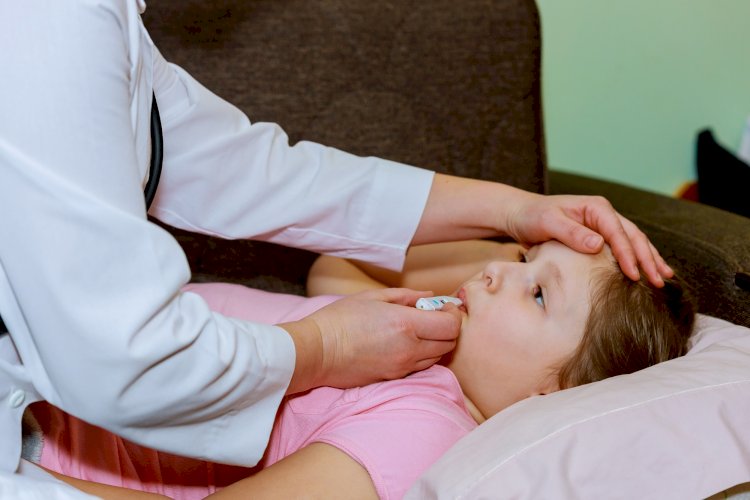
Though the best way to predict your child’s temperature often used by parents is to feel their forehead and find out if he is warmer. But only a thermometer can tell you what the exact temperature is. Sometimes your child may appear warmer than normal days but you shouldn’t worry about his health till you see any signs of problem.
One should always use a digital thermometer to find out the child’s temperature. But how and what type of thermometer should be used, depends on the age of the child. You shouldn’t use mercury thermometer. As per American Academy of Pediatrics, parents should avoid using mercury thermometers to prevent any sudden exposure or accidental poisoning.
Important Note – Temperature readings are influenced by how the temperature is being measured and other aspect. Once you know the correct temperature of your child, it will help your physician to recommend apt treatment procedures for your infant.
Here’s is a list of thermometers by which you can measure your child’s temperature-
There are 3 types of digital thermometers. While you do have fever strips and pacifier thermometers to measure your child’s temperature, but they may not be recommenced now. It is good if you seek a doctor’s advice in this regard.
- Digital multiuse thermometer: It reads body temperature as soon the tip sensors touches the body part of your child. It can be used rectally, axillary or orally.
- Temporal artery: It reads the temporal artery infared heat waves which runs on the forehead right under the skin. It can be used for kids of 3 months or older.
- Tympanic: It reads the eardrum infared heat waves. It can be used for children aging 6 months and older. It is not reliable for infants below 6 months. In order to get the correct temperature, you need to place it correctly in the ear canal of your child.
Right way to use a digital thermometer –
Rectal temperature – For kids below the age of 3, going for a rectal temperature is the best option. Below here is the procedure to take a rectal temperature
- Clean the tip of thermometer with soap and water. Rinse it with cold water. Put a little petroleum jelly on the tip.
- Lay your child tummy down on your lap with knees bent.
- Keep your palm just above his lower back.
- And with the other hand insert thermometer gently in the rectum and hold it with your finger,
- Keep it for 2 minutes and then remove the thermometer and see the reading
- Clean it.
Oral temperature – When your kid is 4 to 5 years of age, then the temperature can be taken by his mouth. The following is the procedure for it:
- Clean the thermometer with soap and water and rinse with cold water.
- Carefully place the tip under the tongue of the child.
- Keep his mouth closed and leave the thermometer for 1 minute
- Remove the thermometer and see the reading.
Axillary temperature – It is used to check fever of new-borns and infants. If your child below 1 year of age, then you can go for armpit. Below here is the procedure for it:
- Clean the thermometer with soap and water and rinse.
- Keep the tip of thermometer in the middle of the armpit.
- Keep the arm ticked snugly against the body.
- Leave it there for 2-3 minutes
- Remove the thermometer and see the reading.
Ear temperature – Clean the ear with wax as it may hamper the measurements. Make sure the child is above 6 months of age to get exact reading.
- Clean the thermometer with soap and water.
- With gentle hands tug on the ear and pull it back. It will straighten the ear canal.
- Insert the thermometer till the canal is completely sealed.
- Squeeze and hold for just one second.
- Remove the thermometer and see the reading.
Once you have taken the temperature, then below here is the chart to find out whether your child is suffering from fever or not. The normal temperature has a specific range, depending on the kind of method used:
Rectum: 97.9°F to 100.4°F
Mouth: 95.9°F to 99.5°F
Armpit: 94.5°F to 99.1°F
Ear: 96.4°F to 100.4°F
No matter what method you go for, keep these points in consideration.
- Never take the temperature of your child after a bath or if you have bundled her tightly.
- Do not leave your baby unattended when taking their temperature.






























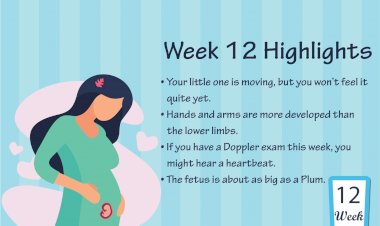
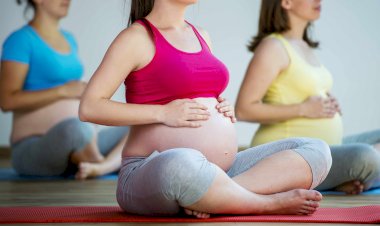
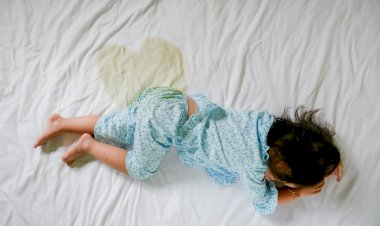
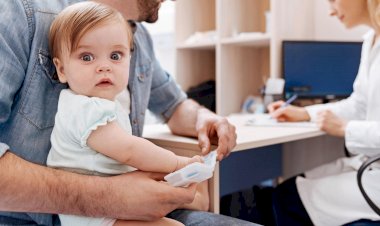
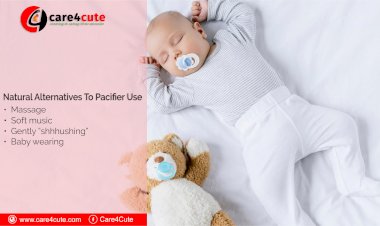

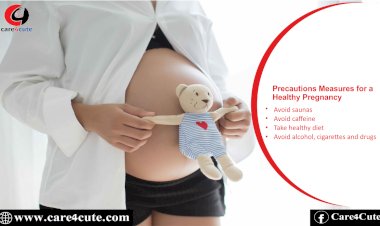


Comments (0)